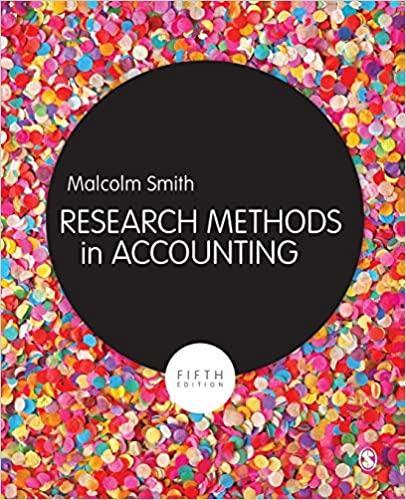y a key role in provi most efficient and t financial a at the s 22. Hogi-Yogi Co. has to fund an expansion. Hogi- is negotiating with a bank borrow the maximum additional Hogi-Yogi a. $198,000mount Hogi-Yogi will be able to borrow after the common stock is issued? gi-Yogi is planning to issue an additional $180,000 in common stock, and is to borrow additional funds. The bank requires a maximum debt ratio of .75. What is otal debt of $252,000 and stockholders' equity of $420,000. Hogi-Yogi is seeking capita ed ily b. $639,000 c. $1,236,000 d. $852,000 23. The allowance for doubtful sheet, is an application of the ccounts, which appears as a deduction from accounts receivable on a balance . a revenue recognition principle. lit b. matching principle. c. materiality constraint. d. going-concern assumption. 24. Which of the following characteristics may result in the classification of a liability being changed from current to noncurrent? a. A demand provision for payment b. Violation of a subjective acceleration clause c. Refinancing after the balance sheet date d. Violation of an objective acceleration clause Martin Corporat ion was organized on January 3, 2012. Martin was authorized to issue 50,000 shares of on stock with a par value of $10 per share. On January 4, Martin issued 30,000 shares of common stock per share. On July 15, Martin issued an additional 10,000 shares at $20 per share. Martin reported income of $33,000 during 2012. In addition, Martin declared a dividend of S 50 per share on December 31 2012. See Martin Corporation information above. The amount reported on Martin Corporation's December 31, 2012, balance sheet as stockholders' equity was a. $550,000. b. $400,000. c. $963,000. d. $950,000. 25. Which of the following statements regarding assets is not true? a. Assets are obtained or controlled as a result of past or probable future transactions or events Assets include costs that have not yet been matched with revenues. An asset represents a probable future economic benefit. Assets reported on the balance sheet include both monetary and nonmonetary resources. 26. b. c. d







